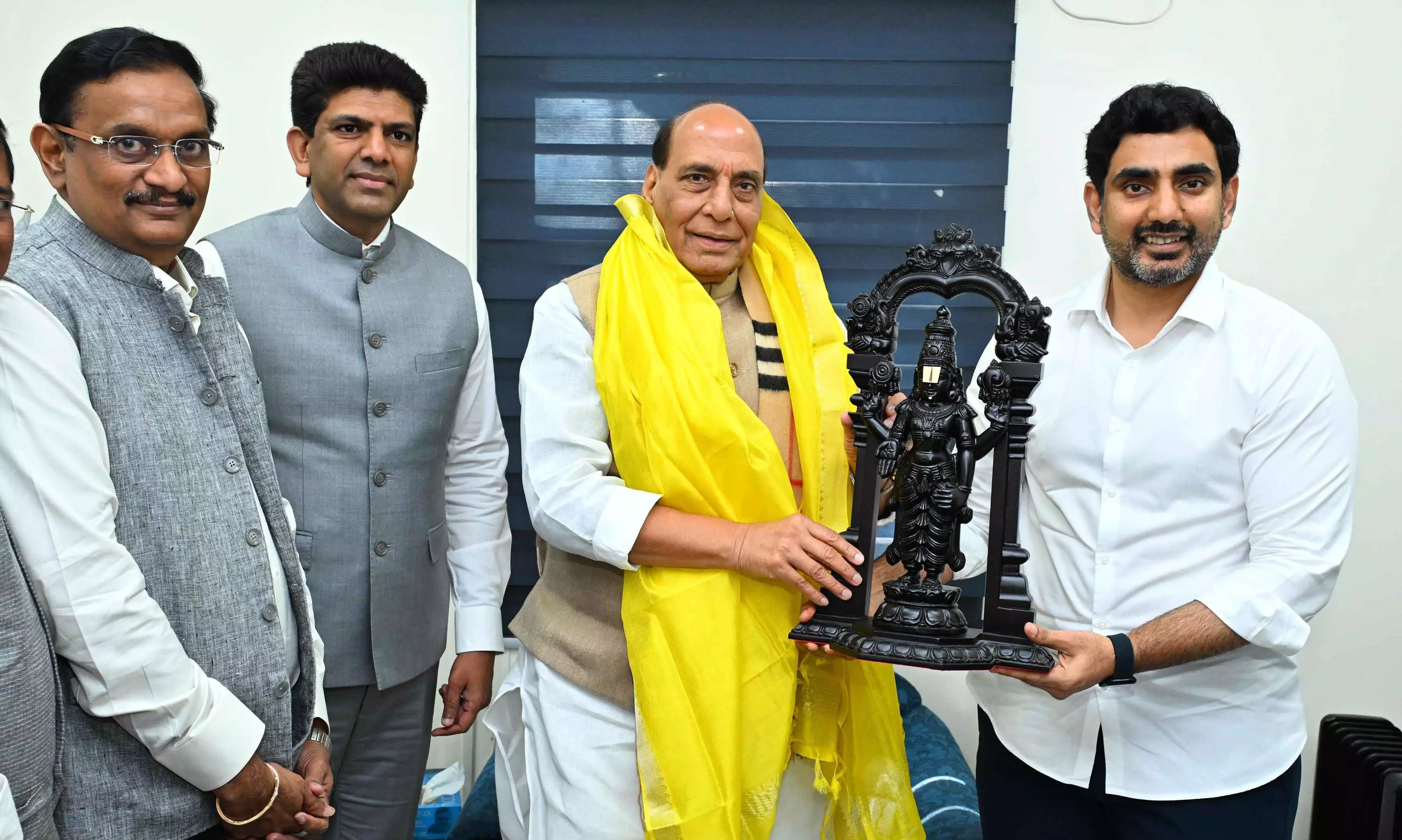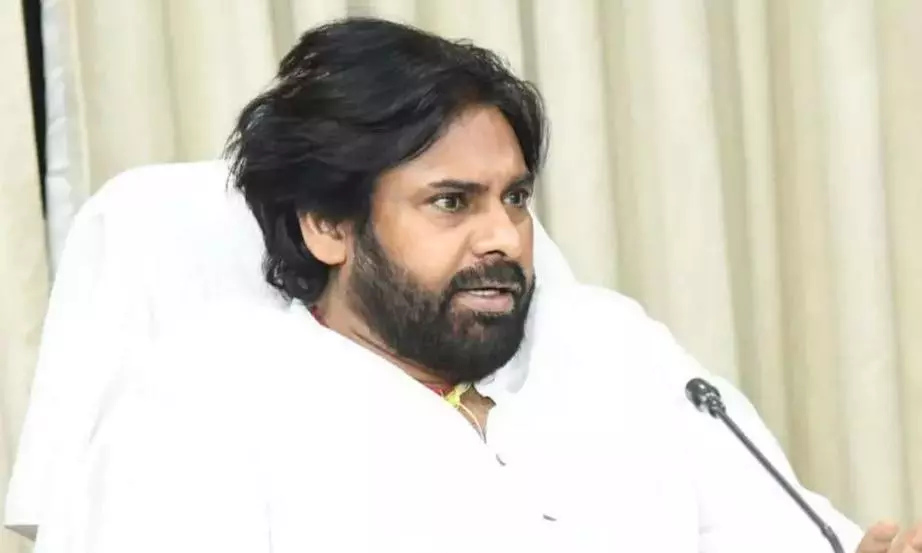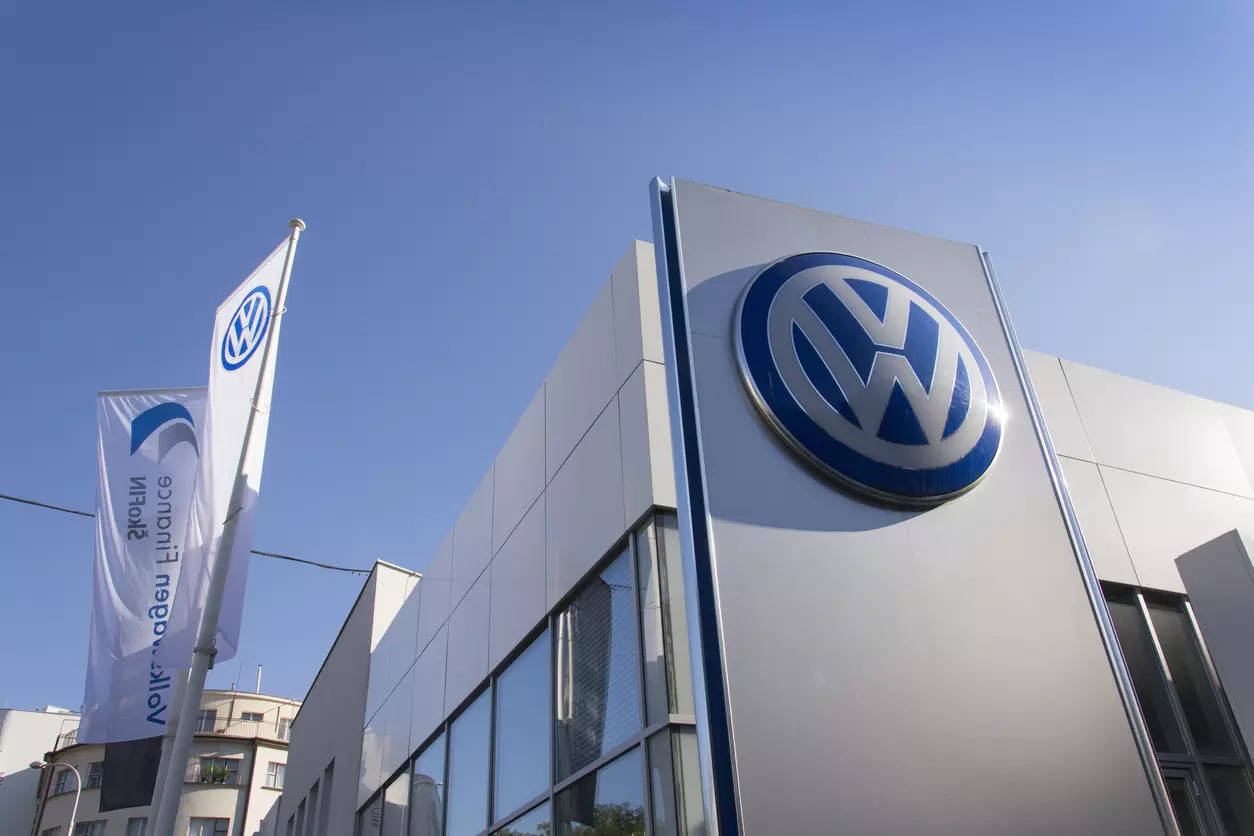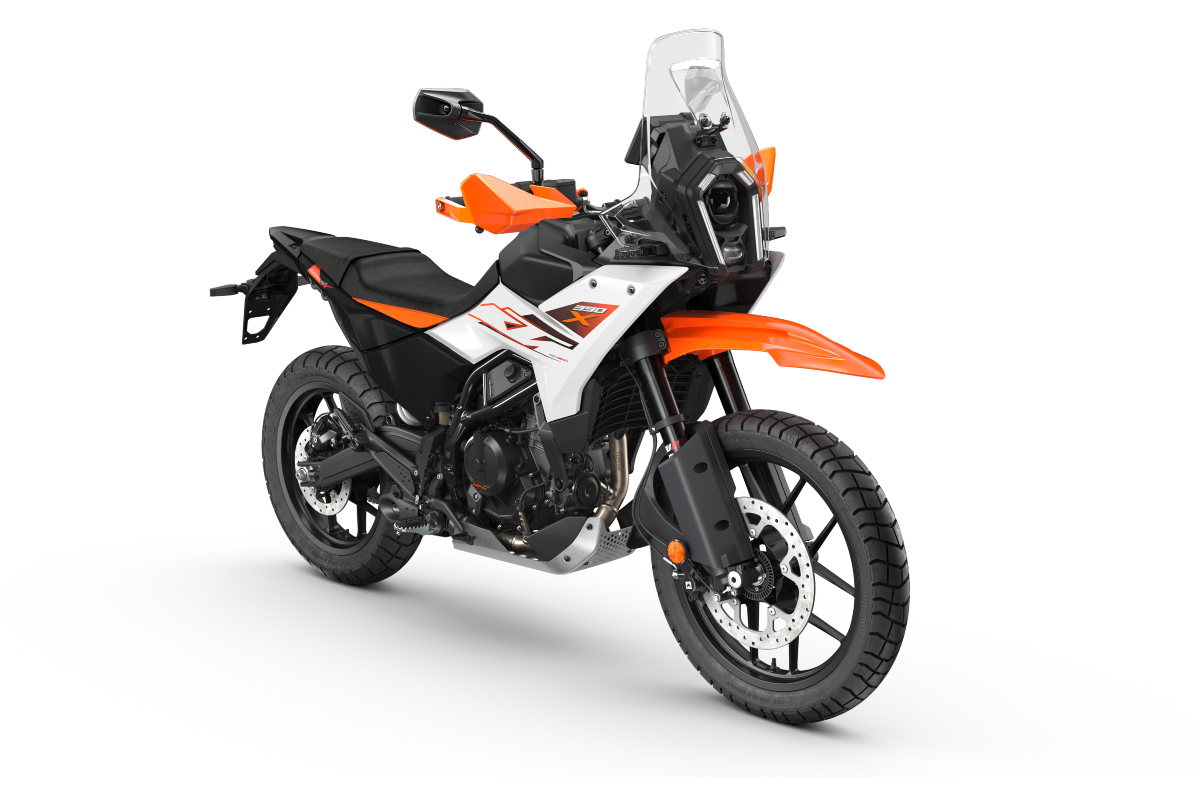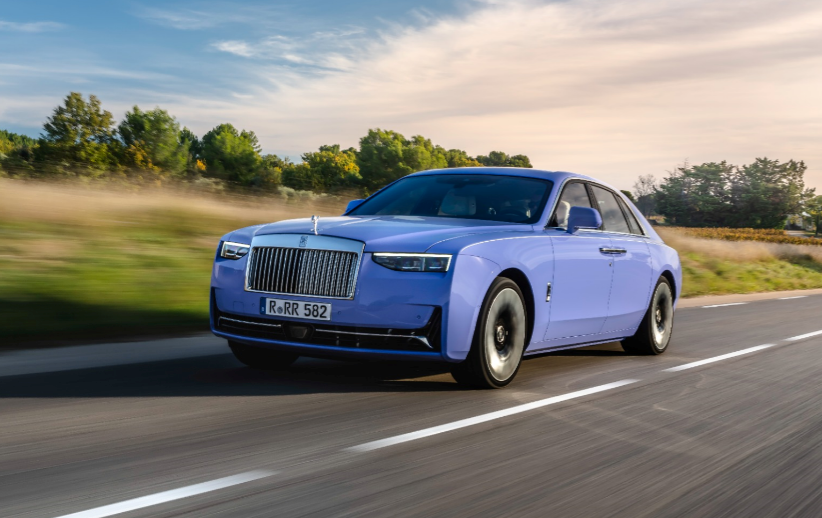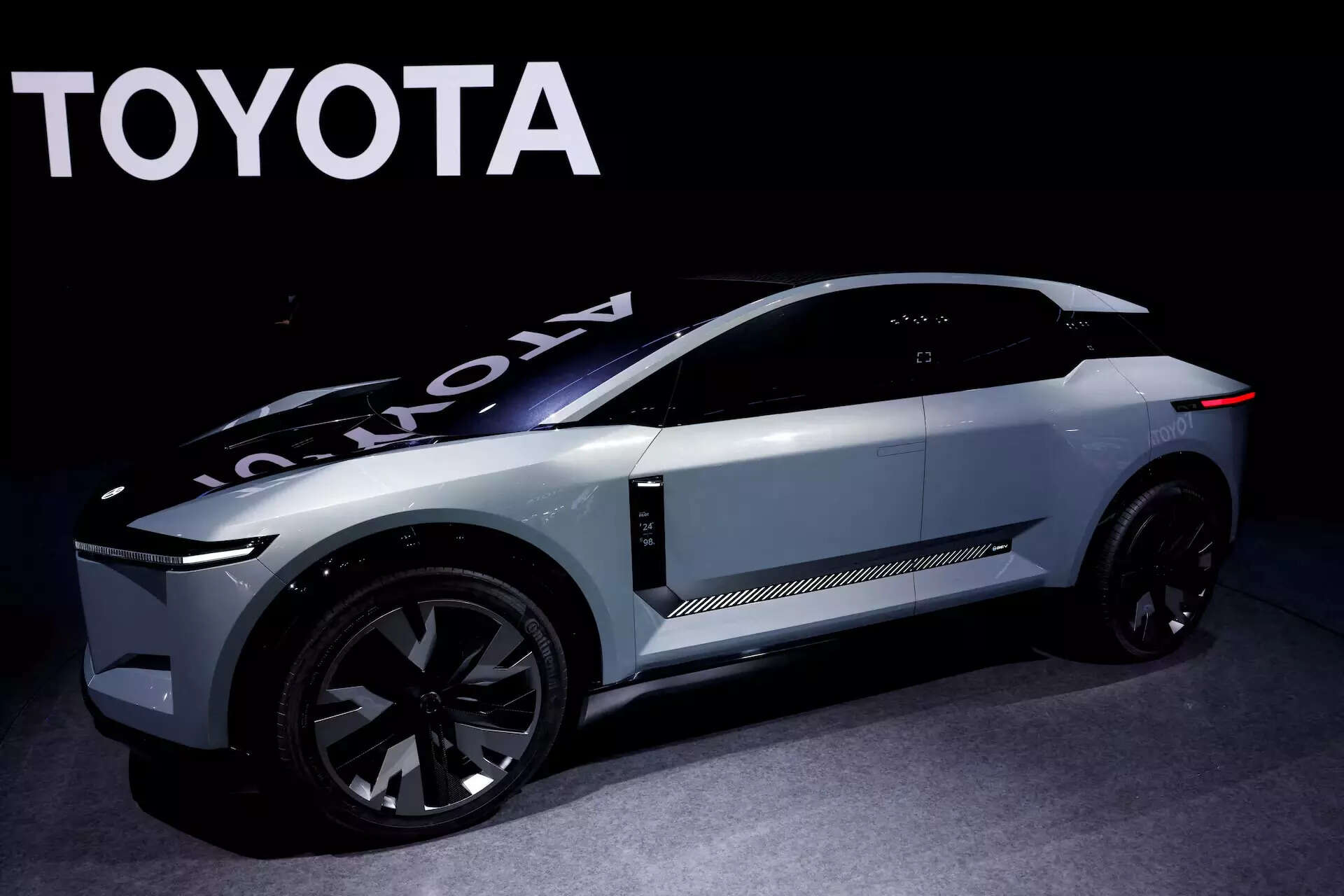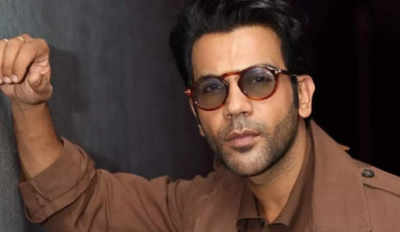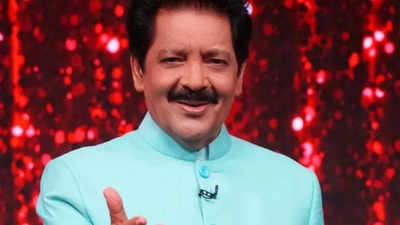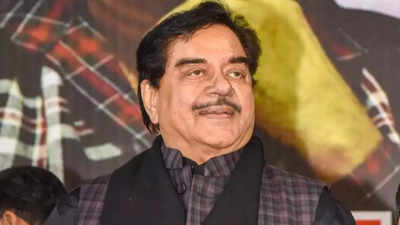INDIA IS the second-biggest market for ChatGPT creator OpenAI, where it has tripled its user base in the last year, the firm’s founder and CEO Sam Altman said Wednesday.
Altman is on a whirlwind world tour and landed in India late Tuesday night. On Wednesday, he met IT Minister Ashwini Vaishnaw, along with a number of the country’s start-ups and venture capital funds. He is also expected to meet Prime Minister Narendra Modi.
“India is an incredibly important market for AI in general and OpenAI in particular. It is our second-biggest market, we tripled our users here in the last year,” Altman said during a discussion hosted by OpenAI. Vaishnaw was also present at the talk, and spoke about India’s three-pronged approach to AI, where the country is focusing on designing chips, building foundational models, and AI applications.
“But mostly seeing what people in India are building, the stack, chips, models, all the incredible applications — India should be doing everything, India should be among the leaders of the AI revolution. It’s really quite amazing to see what the country has done…” Altman said.
Altman’s Asia tour also coincided with the meteoric rise in popularity of DeepSeek, a foundational model created by a Chinese AI lab at a fraction of cost of OpenAI’s which is said to match the firm’s models on many fronts.
DeepSeek’s model has shown to the world that cutting edge foundational models could be built at cheaper costs, unlike the huge investments that have gone into making OpenAI’s models.
Altman was in India last in June 2023, and his latest world tour is being seen by many as a rush to counter the impact of DeepSeek’s achievement.
Story continues below this ad
“We are now in a world where we have made incredible progress with distillation. We have learned to do small models and these reasoning models in particular… It’s not cheap, it’s still expensive to train them, but that is going to lead to an explosion of really great creativity. India should be a leader there, of course,” Altman said, addressing a question on the lowering costs of building AI models.
“There are two different ways to look at the cost of the models: to stay at the frontier, we believe, those costs will continue to rise on this exponential curve. But also the returns to increase the intelligence are exponential…” he said.
“On the other side of it, the cost of a given unit of intelligence one year later seems to fall by 10x… but I don’t think the world is going to need any less AI hardware,” Altman said.
During the discussion, Vaishnaw emphasised India’s ability to develop cost-effective AI models, drawing comparisons to the country’s low-cost space missions. “Our country sent a mission to the Moon at a fraction of the cost… why can’t we do a model which will be a fraction of the cost… So yes, innovation will bring that cost down within applications in healthcare and education, agriculture, weather forecasting, disaster management…,” he said.
Story continues below this ad
Following the discussion, Vaishnaw said in a post on X, “Had a super cool discussion with @sama (Altman) on our strategy of creating the entire AI stack — GPUs, model, and apps. Willing to collaborate with India on all three”.
During his earlier visit to India, Altman had quoted controversy when he said that companies around the world, including in India, may find it difficult to build a product like ChatGPT.
“It’s totally impossible to rival us in training these core models, and we’ll advise you not to even attempt it. But it’s your responsibility to try anyway. I genuinely believe in both those aspects. I reckon it’s quite a futile pursuit,” he had said at an event.
Following a backlash, Altman had later clarified that his comments had been taken out of context. “…this is really taken out of context! the question was about competing with us with $10 million, which i really do think is not going to work. but i still said try! however, i think it’s the wrong question,” he had said in a tweet.

